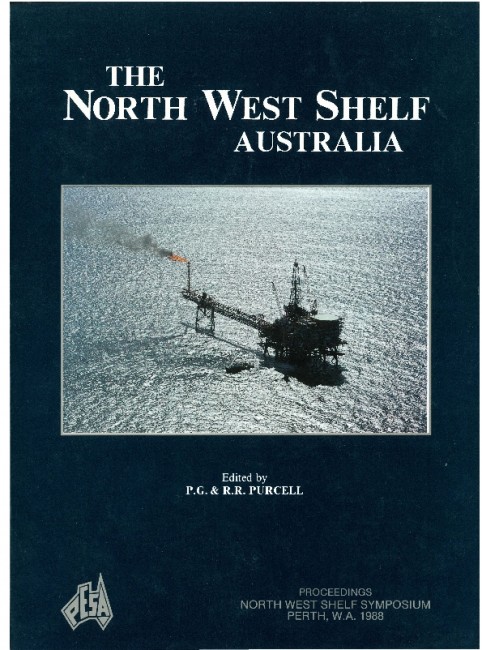Publication Name: The North West Shelf Australia
Authors: R.M. Nunn
Date Published: July 1988
Number of Pages: 29
Reference Type: Book Section
Abstract:
The North West Shelf Gas Development Project in Western Australia consists of two phases. The Domestic Gas Phase already produces natural gas, which is piped 1500 km to Perth. The Liquid Natural Gas (LNG) Phase, still under construction, will ultimately produce LNG for export to Japan. It is the largest resource project ever undertaken in Australia. The project extracts gaseous and liquid hydrocarbons from reservoirs 130 km off the north west coast. These products are piped to the Onshore Treatment Plant on the Burrup Peninsula in the West Pilbara.Environmental impact assessment and management has taken place at all stages of offshore and onshore
development. The project underwent State and Commonwealth environmental assessment and approval in 1979, although environmental studies commenced as early as 1972. Onshore environmental work includes the largest survey and salvage of archaeological sites ever undertaken in Australia, fauna and flora surveys, rehabilitation of disturbed land using native species, monitoring of noise and atmospheric emissions, and the development of special waste disposal procedures. Offshore environmental management includes surveys to select suitable dredgespoil sites and subsequent monitoring of the effects of dredging, spoil dumping and submarine pipeline construction. Intertidal and subtidal programmes monitor any effects of effluent discharges. A comprehensive oil spill contingency plan is based on the type and behaviour of North West Shelf condensate
under local climatic and meteorological conditions, the types and sensitivities to oil of shorelines in the Dampier
Archipelago and "state of the art" equipment.
After a decade of feasibility planning and construction, and with eighteen months still to go before LNG production, $7.5 million (Australian) has been spent on environmental management of the North West Shelf Project. Both the Western Australian and Commonwealth Governments have been involved through a complicated variety of environmental statutes and supporting regulations.


